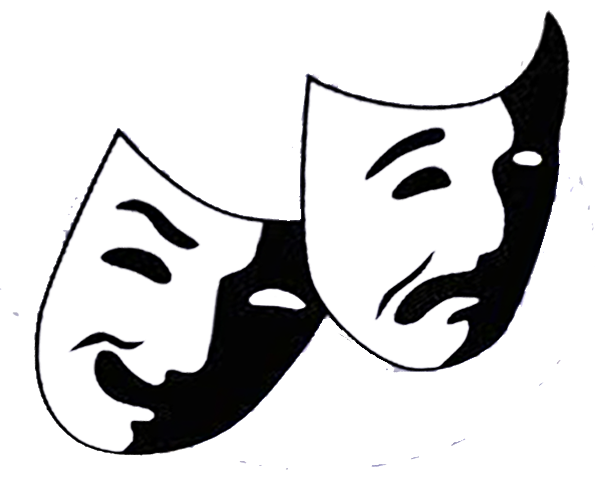Mood disorders are more than feeling sad or down on occasion. Instead, they are serious problems that must be given immediate medical attention. In fact, mood disorders are one of the most common mental illnesses.
Mood disorders are believed to be caused by a complex combination of chemical imbalances in the brain and can be tracked by mood ring colors. Environmental factors can also play a part in triggering the mental illness. Like other mental health issues, mood disorders can be treated. Even people who suffer from severe disorders are able to live a productive life with proper treatment.
The most common kinds of mood disorders are bipolar illness, major depressive disorder, and depression. Seasonal affective disorder, psychotic depression, and postpartum depression are other forms of mood disorders. Learning more about the three main kinds of mood disorders will help you
identify the symptoms of mood disorders and allow you or a loved one to find assistance when it is needed.
Types of mood disorders
1. Bipolar Illness
Bipolar is characterized by extreme mood swings punctuated by even-keeled behavior. Many researchers believe bipolar illness is hereditary. If left untreated, it can cause marital break ups, job loss, and even substance abuse.
There is currently no conclusive lab test for bipolar illness. In fact, bipolar symptoms can go unrecognized by the person with the mood disorder, as well as his or her family, friends and physician. A complete medical examination will be needed to rule out other mental or physical disorders. Between 80 and 90-percent of people with bipolar illness can be treated with medications and psychotherapy.
3. Significant Depressive Disorder
This mood issue includes a mix of manifestations that meddle with a man’s capacity to work, rest, examine and finish other everyday exercises. Manifestations of significant sadness may incorporate changes in past capacities, discouragement, inability, joy, outrageous weight reduction or weight gain, sleep deprivation, hypersomnia, sentiments of uselessness or blame, and absence of focus or uncertainty. These manifestations keep going for a time of about fourteen days or more.
4. Depression
Depression is feelings of sadness that persist beyond a few weeks. Depression is a common problem these days. An estimated three to four million men suffer from depression in America, and twice as many women suffer from this mood disorder. Right now, it is unclear the extent of what triggers depression.
Clinical depression is characterized by symptoms that are serious enough to require treatment.
Symptoms of clinical depression can be severe, such as a physical inability to get out of bed. Depression treatment centers use a combination of cognitive and behavioral therapy, as well as interpersonal treatment and medication to help patients manage their symptoms.
Regular exercise will also bring down your stress levels and help balance your moods. Regular exercise doesn’t mean going to the gym and talking with people for an hour. It means actually working out and getting your heart rate up for long periods of time multiple days of the week.
Also included under major depressive disorder are melancholic depression which is a loss of pleasure, psychotic major depression in which case the sufferer has delusions or hallucinations, catatonic depression which is rare and a severe form of major depression.

